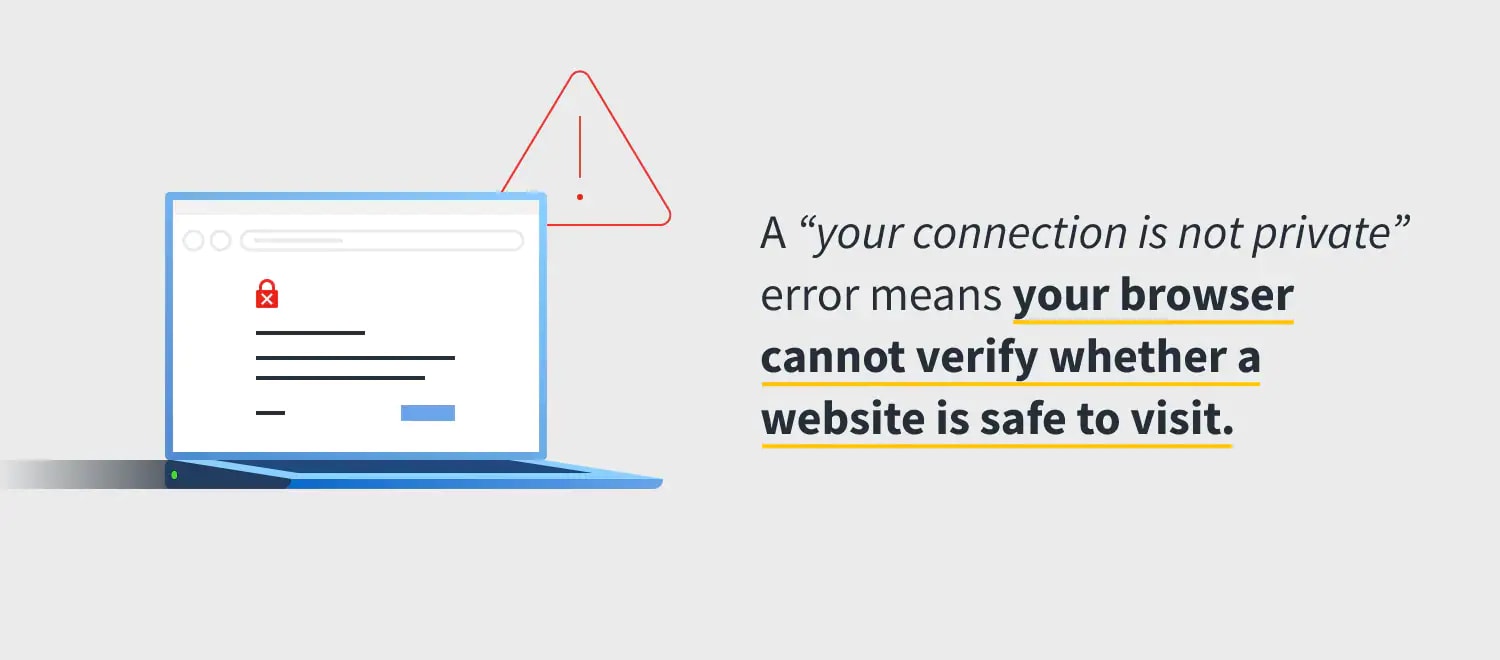Featured
Table of Contents
Vpn Connectivity And Troubleshooting Guide

The Routing and Remote Access snap-in lives within the Microsoft Management Console, referred to as the MMC. There are numerous methods to access the MMC. You can pick the console from the Start menu's Programs choices, within the Administrative Tools folder within Windows server's Control Panel or by typing mmc at a command timely.
As Tech, Republic's Brandon Vigliarolo shows within his video at the start of this short article, the Solutions console displays the status of the Routing and Remote Gain access to entry. From within the Providers console and with the Routing and Remote Gain access to entry highlighted, you can click Start the Service or right-click the entry and choose Restart.
Sometimes the VPN customer and VPN server are set to using various authentication techniques. Verify whether an authentication mistake is the problem by opening the server console. Yet another method of accessing the MMC is to type Control+R to open a command timely in which you can type mmc and hit Enter or click OK.
If the entry isn't present, click File, choose Add/Remove Snap-in, pick the Routing and Remote Gain access to choice from the options and click Add, then OK. With the Routing and Remote Gain access to snap-in included, right-click on the VPN server and click Characteristics. Then, evaluate the Security tab to verify the authentication approach.
The 3 Most Common Vpn Problems And How To Fix Them
Ensure the VPN client is set to the authentication method defined within the Security tab. Usually the products simply reviewed are accountable for many VPN connection rejection errors. But other basics should be right, too. If the Windows Server hosting the VPN hasn't signed up with the Windows domain, the server will be unable to authenticate logins.
Each Web-based VPN connection generally utilizes two various IP addresses for the VPN client computer system. This is the IP address that's utilized to develop the preliminary TCP/IP connection to the VPN server over the Web.

This IP address usually has the exact same subnet as the regional network and thus enables the customer to communicate with the local network. When you set up the VPN server, you should set up a DHCP server to appoint addresses to customers, or you can create a bank of IP addresses to designate to customers straight from the VPN server.


If this alternative is selected and the reliable remote gain access to policy is set to enable remote access, the user will have the ability to connect to the VPN. Although I have actually been unable to re-create the scenario personally, I have heard reports that a bug exists in older Windows servers that can cause the connection to be accepted even if the efficient remote access policy is set to reject a user's connection.
Secure Ssl Vpn - Troubleshooting Guide

Another typical VPN problem is that a connection is effectively established but the remote user is not able to access the network beyond the VPN server. Without a doubt, the most typical cause of this issue is that permission hasn't been granted for the user to access the whole network. To permit a user to access the entire network, go to the Routing and Remote Access console and right-click on the VPN server that's having the problem.
At the top of the IP tab is an Enable IP Routing check box. If this check box is enabled, VPN users will have the ability to access the rest of the network, presuming network firewall programs and security-as-a-service settings allow. If the checkbox is not chosen, these users will have the ability to access just the VPN server, but nothing beyond.
If a user is dialing directly into the VPN server, it's usually best to configure a fixed route between the customer and the server. You can configure a static path by going to the Dial In tab of the user's homes sheet in Active Directory site Users and Computers and picking the Apply A Static Path check box.
Click the Add Path button and after that enter the location IP address and network mask in the area supplied. The metric need to be left at 1. If you're using a DHCP server to appoint IP addresses to customers, there are a number of other problems that might cause users not to be able to exceed the VPN server.
Troubleshooting Vpn Connection Issues On Windows
If the DHCP server designates the user an IP address that is currently in use in other places on the network, Windows will detect the conflict and prevent the user from accessing the remainder of the network. Another typical problem is the user not receiving an address at all. The majority of the time, if the DHCP server can't appoint the user an IP address, the connection will not make it this far.
If the client is assigned an address in a range that's not present within the system's routing tables, the user will be unable to navigate the network beyond the VPN server. Make sure the resources the user is attempting to gain access to are in fact on the network to which the user is linking.
A VPN connection to the other subnet might, in reality, be required. A firewall software or security as a service option could likewise be to blame, so do not forget to examine those services' settings, if such parts are present in between the VPN server and the resources the user looks for to reach.
The first possibility is that one or more of the routers included is performing IP packet filtering. I advise checking the customer, the server and any makers in between for IP packet filters.
Latest Posts
10 Best Vpn Services For 2023 - Top Vpns Compared
Best Vpn Companies: Protect Yourself Online
10 Best Vpn Services For Startups 2023 - Truic